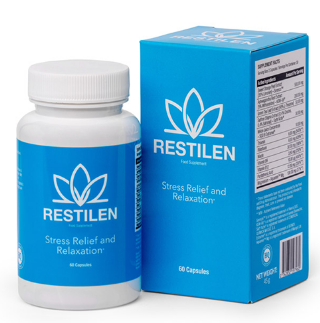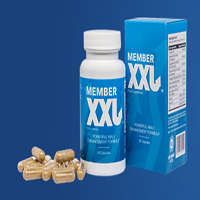Hormonal Acne Solutions: How to Treat Breakouts Linked to Your Cycle
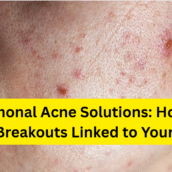
Introduction
Hormonal acne is a frustrating reality for many women, with breakouts flaring up predictably around menstruation, ovulation, or during life stages like pregnancy and menopause. Unlike typical acne, hormonal acne often appears as deep, painful cysts along the jawline, chin, and lower face—areas rich in oil glands sensitive to hormonal fluctuations 17.
If you’ve tried every over-the-counter (OTC) acne product with little success, this guide will help you understand the root causes of hormonal acne and the most effective treatments—from dermatologist-recommended skincare routines to prescription medications and lifestyle tweaks.
What Causes Hormonal Acne?
Hormonal acne is primarily driven by androgens (like testosterone), which stimulate excess sebum production, clogging pores and creating a breeding ground for acne-causing bacteria 37. Key triggers include:
- Menstrual Cycle Fluctuations: In the luteal phase (days 15–28 of your cycle), progesterone rises, increasing oil production. As estrogen and progesterone drop before your period, androgens become more dominant, leading to breakouts 510.
- Polycystic Ovary Syndrome (PCOS): Elevated androgens in PCOS often cause persistent acne, along with irregular periods and excess hair growth 4.
- Pregnancy & Menopause: Hormonal shifts during these stages can trigger acne flare-ups 7.
- Stress & Diet: High cortisol (stress hormone) and high-glycemic foods (sugar, dairy) can worsen hormonal acne 68.
How to Identify Hormonal Acne
Hormonal acne differs from regular breakouts in several ways:
✔ Location: Chin, jawline, and lower cheeks 19.
✔ Type: Deep, inflamed cysts or nodules (rarely blackheads/whiteheads) 7.
✔ Timing: Flares 7–10 days before your period and improves afterward 25.
If your acne follows this pattern, it’s likely hormonal.
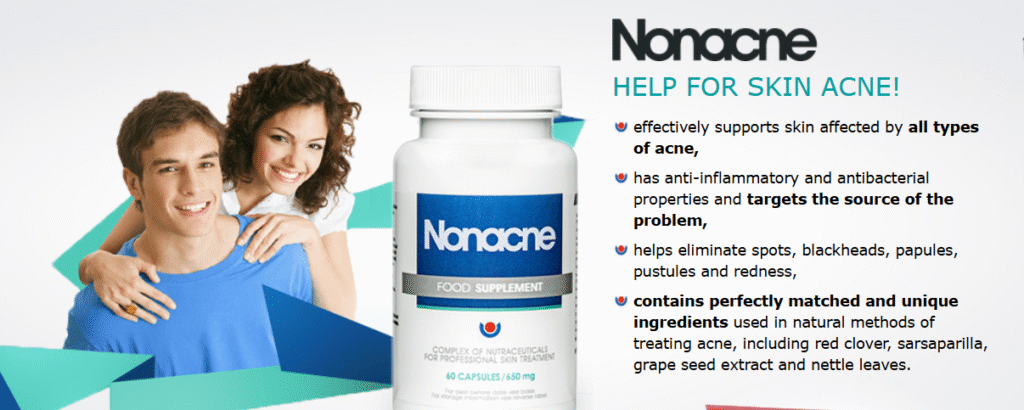
Best Treatments for Hormonal Acne
1. Topical Skincare Ingredients
A gentle yet targeted routine can help manage breakouts without irritating sensitive skin:
- Salicylic Acid (0.5–2%): Exfoliates pores and reduces inflammation 29.
- Benzoyl Peroxide (2.5–5%): Kills acne bacteria but can be drying—pair with moisturizer 18.
- Retinoids (Adapalene/Tretinoin): Unclog pores and speed cell turnover (start slow to avoid irritation) 17.
- Clascoterone (Winlevi): The first FDA-approved topical anti-androgen that reduces oil production 9.
Sample Routine:
- AM: Gentle cleanser → Salicylic acid toner → Oil-free moisturizer → SPF 30+
- PM: Double cleanse → Retinoid (2–3x/week) → Hydrating serum → Non-comedogenic moisturizer
2. Oral Medications
For stubborn hormonal acne, dermatologists often prescribe:
- Spironolactone: Blocks androgen receptors, reducing oil production (50–100 mg/day) 19.
- Birth Control Pills: Estrogen-dominant pills (Yaz, Ortho Tri-Cyclen) regulate hormones 37.
- Isotretinoin (Accutane): For severe cystic acne, but requires strict monitoring 4.
Note: Spironolactone and birth control can take 3–6 months to show full results 7.
3. Lifestyle & Diet Adjustments
- Lower Stress: Cortisol spikes androgens—try yoga, meditation, or ashwagandha 68.
- Balanced Diet: Reduce dairy, sugar, and high-glycemic foods; increase omega-3s (salmon, flaxseeds) 69.
- Sleep & Hydration: Aim for 7–9 hours of sleep and drink plenty of water to support skin healing 8.
4. In-Office Treatments
- Chemical Peels (Salicylic/Glycolic Acid): Exfoliate pores and reduce post-acne marks 9.
- Laser Therapy (AviClear): Targets oil glands to reduce breakouts long-term 49.
Natural Remedies (With Caution)
While not as potent as prescriptions, some natural options may help:
- Tea Tree Oil: Diluted spot treatments can reduce bacteria (mix with a carrier oil) 36.
- Zinc & Vitamin D: Deficiencies are linked to acne—supplements may improve skin 6.
- Green Tea Extract: Anti-inflammatory when applied topically 3.
Tip: Patch-test natural remedies first to avoid irritation.
When to See a Dermatologist
If OTC products and lifestyle changes don’t improve your acne after 8–12 weeks, consult a dermatologist. You may need:
- Hormone testing (for PCOS or elevated androgens) 4.
- Prescription-strength treatments like spironolactone or retinoids 79.
Final Takeaways
Hormonal acne won’t disappear overnight, but a combination approach works best:
- Target androgens with spironolactone or birth control if needed.
- Use active topicals (retinoids, salicylic acid) consistently.
- Adjust lifestyle factors (diet, stress, sleep).
- Consider professional treatments for stubborn cases.
Pro Tip: Track your cycle with apps like Flo to anticipate breakouts and adjust skincare preemptively 5.
FAQ
Q: Can hormonal acne be cured?
A: It can be managed effectively but may recur during hormonal shifts (e.g., pregnancy, menopause) 7.
Q: Does drinking water help hormonal acne?
A: Hydration supports skin health but won’t single-handedly resolve hormonal breakouts 6.
Q: How long does it take for spironolactone to work?
A: Typically 3–6 months for visible improvement 9.
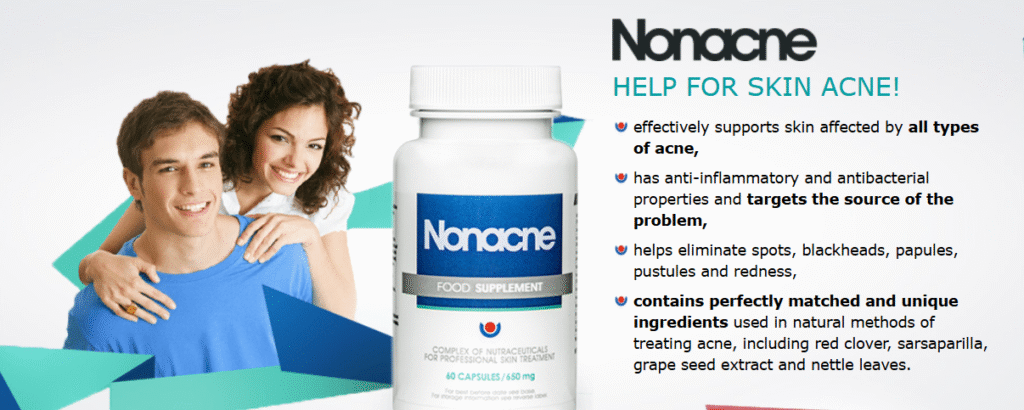
Recent Posts
- 5 Silent Signs of High Blood Pressure You Shouldn’t Ignore in 2025
- 5 Everyday Foods That Naturally Detox Your Liver (Backed by Science in 2025)
- Preventive Eye Care: 5 Essential Habits to Protect Your Vision in 2025
- The Sleep-Weight Connection: Fixing Insomnia to Lose Belly Fat
- The 30-Day Protein Reset: How to Use High-Protein Meals to Curb Cravings













